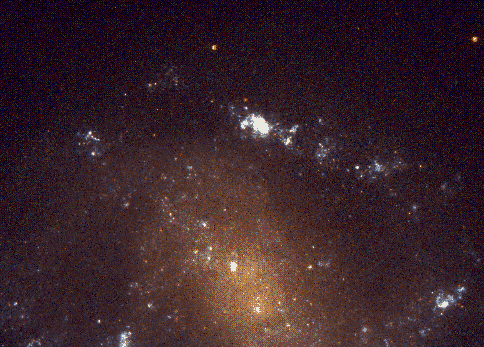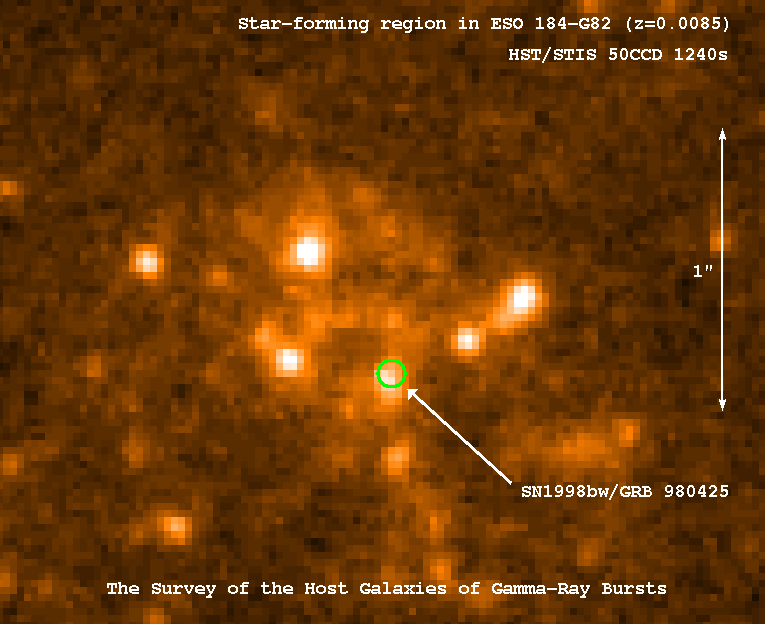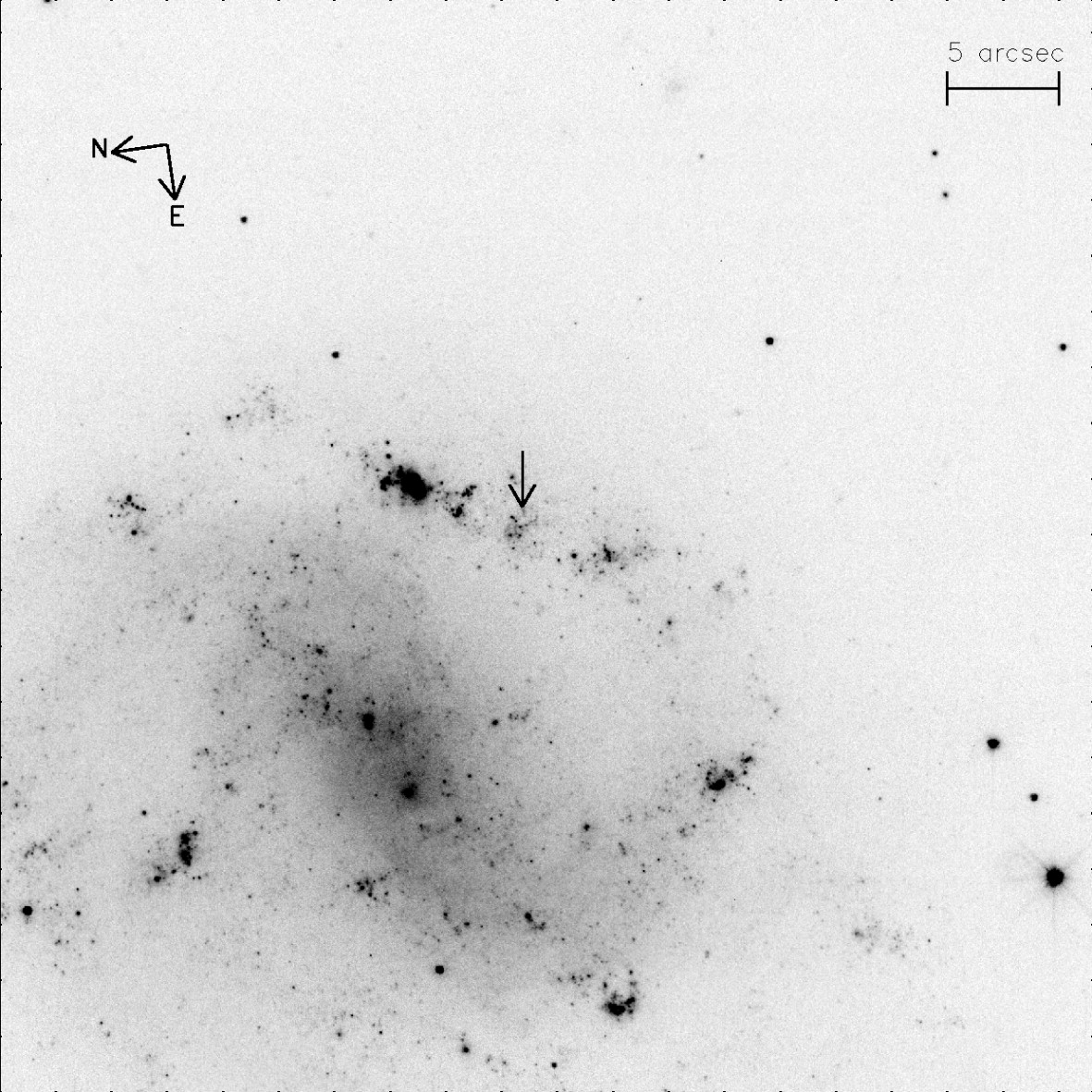The Gamma-Ray Burst was detected by BeppoSAX GRBM
on 1998 April 25, 21:49:11 UT. With the BeppoSAX WFC the location
could be deduced with an 8 arcmin error circle centered at
R.A. = 19h34m54s, Decl. = -52o49'.9 degrees (2000.0).
A follow-up observation with the BeppoSAX NFI instruments was initiated within
12 hrs.
A ROSAT TOO observation is not possible due to Sun angle constraints.
(All information courtesy of the instrument teams.)
![]() Previous IAU Circulars
Previous IAU Circulars
R.A. = 19h 35m 04s Decl. = -52d 48' 34''(equinox 2000.0) with an error radius of 1'. This position is 2'.0 from the centroid of the WFC position. The source did not significantly fade during the observation. The average flux (2-10 keV)was a few x 10E-13 c.g.s. Further BeppoSAX observations are already planned to monitor the behavior of the source and to establish its association with GRB980425.
R.A. = 19h 35m 21s Decl. = -52d 52' 19"(equinox 2000.0) with an error radius of 1'. This source is visible only during the first day of observation at a flux of about 10E-13 c.g.s. (2-10 keV). The upper limit in the second part of the observation implies a decay by about a factor of two or more.




JD2450992.9 B=16.68+-0.03, V=15.79+-0.02, I=15.16+-0.03 JD2451115.6 B=18.35+-0.06, V=18.09+-0.05, I=17.33+-0.06Between these two nights, all our photometry is perfectly consistent with an exactly linear decline in magnitudes (hence an exponential decline in luminosity). Our measured uniform decline rates are as follows:
B 0.0141+-0.0002 mag/day for equivalent half-life of 53.4+-0.8 days V 0.0184+-0.0003 mag/day for equivalent half-life of 40.9+-0.7 days I 0.0181+-0.0003 mag/day for equivalent half-life of 41.6+-0.7 daysThe observed exponential decline is in contradiction to the theoretical predictions of Iwamoto et al. (1998, Nature, 395, 672) and Iwamoto (1999, ApJ, astro-ph/9810400), which claims that the decline will be as a power law. The observed exponential decline has a rate similar to that expected from the decay of radioactive cobalt as modified by the effects due to the expansion of the shell. So it is reasonable to conclude that the late-time light curve of SN1998bw is being powered by radioactive cobalt. This then implies that the underlying explosion mechanism must create large masses of radioactive cobalt.


